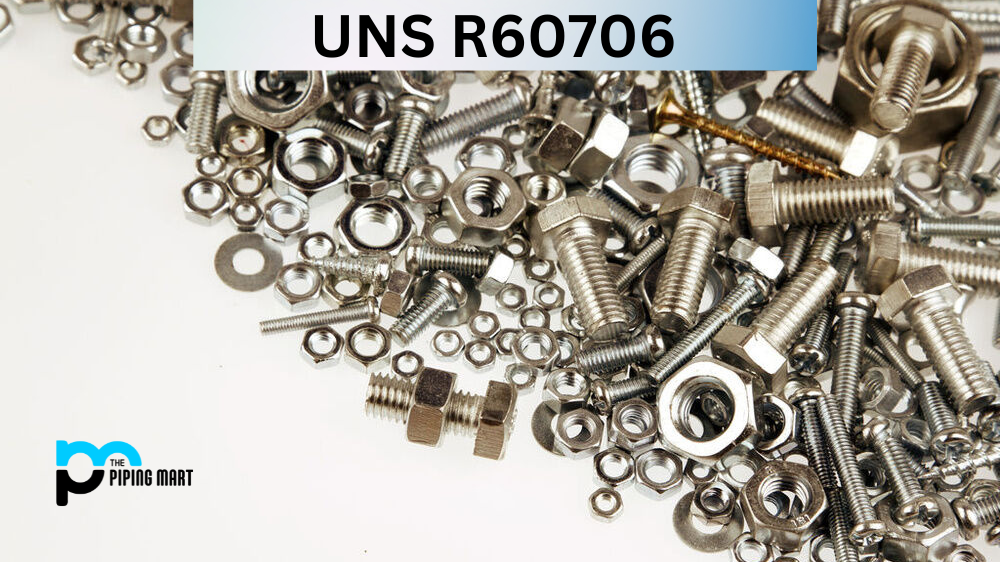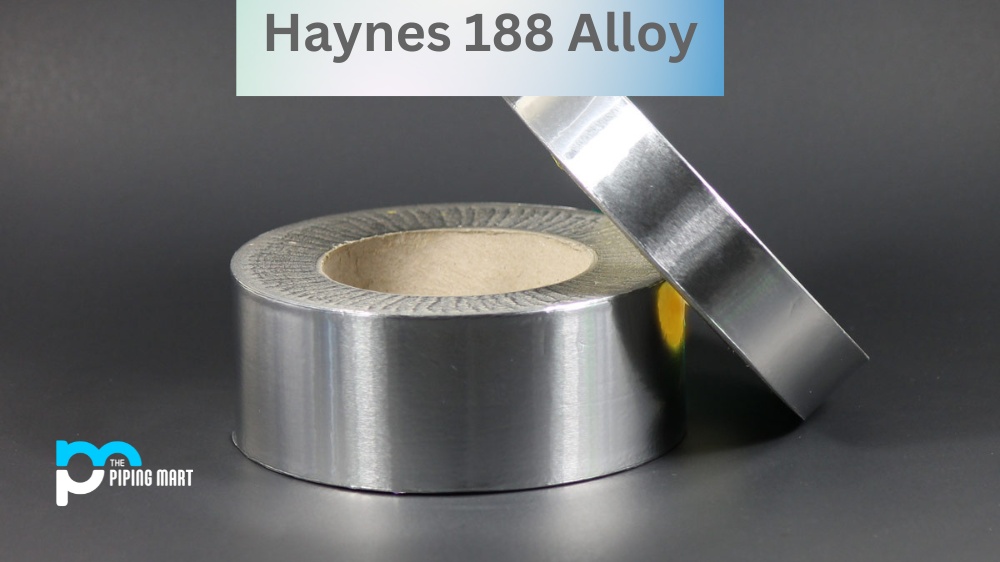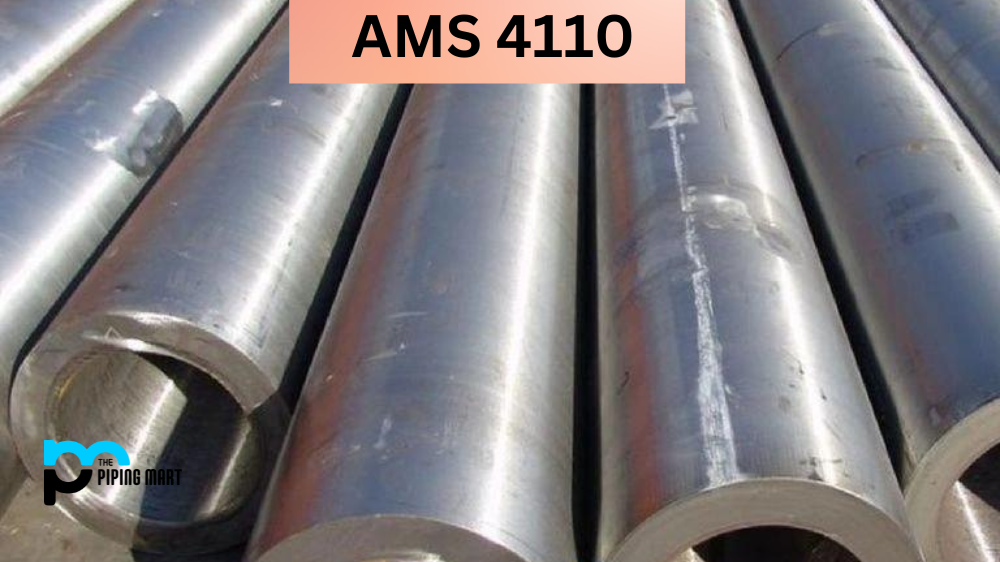UNS R60706 is a unique superalloy resistant to corrosion and high temperatures. It is commonly used in applications requiring extreme durability, such as aerospace, chemical, and petrochemical industries. Made up of elements including Cobalt, Chromium, Tungsten, Nickel, and Iron, R60706 has a distinctive composition. This blog post will dive deeper into this superalloy’s composition, physical and mechanical properties, and applications. We will also explore its hardness, heat treatment, corrosion resistance, and the welding process specific to R60706.
R60706 Composition
R60706 is composed of 39% cobalt, 30% nickel, 19% chromium, 9% tungsten, and 3% iron. These elements work together to create a material with excellent corrosion resistance and strength. The cobalt is durable and responsible for R60706’s resistance to stress-related damage. The nickel content and chromium make R60706 highly resistant to oxidation, reducing the likelihood of rust and corrosion.
R60706 Physical Properties
The density of R60706 is around 8.27 grams per cubic centimetre. It has a melting point of 1370°C and can handle temperatures well above this range. Its thermal conductivity level is 11.3 W/m.K, making it an ideal material for applications requiring heat transfer while maintaining structural integrity.
R60706 Mechanical Properties
R60706 has excellent strength and is often used in high-stress applications. It has a tensile strength of 1100 MPa and can withstand high temperatures up to 1093°C without losing its structural integrity. It is also flexible and can be transformed into various shapes without breaking or damaging.
R60706 Uses
R60706’s unique composition and properties make it suitable for various applications, such as exhaust gas circulation devices, valves, gas turbine parts, and heat exchangers. It is also used in the chemical and petrochemical industries for its corrosion-resistant abilities.
R60706 Hardness
R60706 has a hardness of around 300 HB, a relatively tough material suitable for high-stress applications. Its strength, durability, and hardness make it popular for high-temperature and corrosion-resistant applications.
R60706 Heat Treatment
Heat treatment is often used to improve the properties of materials like R60706. This process increases the material’s strength, hardness, and flexibility, reducing the likelihood of damage or failure under extreme conditions. Several heat treatment methods are used for R60706 based on the desired properties, including annealing, quenching, tempering, and stress relief.
R60706 Welding
R60706 can be welded using various welding methods, such as tungsten inert gas (TIG) welding, resistance welding, gas tungsten arc welding, and gas metal arc welding. However, before welding, the material must be clean and free of any impurities that may compromise its integrity.
R60706 Corrosion Resistant
R60706 is highly resistant to corrosion and can be used in applications frequently exposed to harsh environments. The superalloy’s high nickel and chromium content makes it resistant to oxidizing agents, while its cobalt content makes it resistant to corrosion caused by salts and other reducing agents.
Conclusion
R60706 is a unique superalloy with excellent strength, durability, and corrosion resistance. Its cobalt, nickel, chromium, tungsten, and iron composition provides valuable properties in various applications, including high-temperature, high-stress environments. Its impressive physical and mechanical properties, including strength and flexibility, make it a material for structural integrity applications. It is also highly resistant to corrosion and can withstand exposure to harsh environmental conditions. Overall, R60706 is an invaluable material that is helping to drive innovation and progress in various industries.
Meet Heer, a dynamic and driven writer learning tricks of her trade in the metal industry. With a background in Digital Marketing, Heer brings a unique perspective to her writing, sharing valuable insights. Apart from blogging she like reading and hiking.




